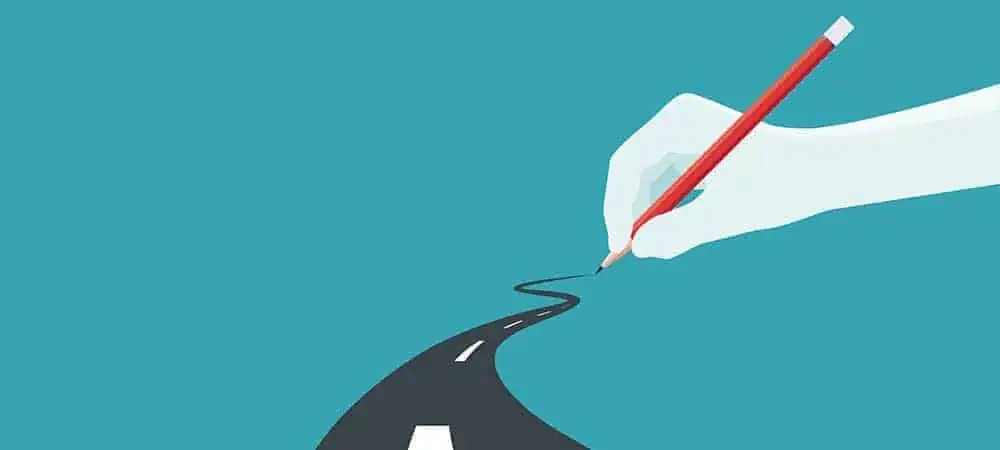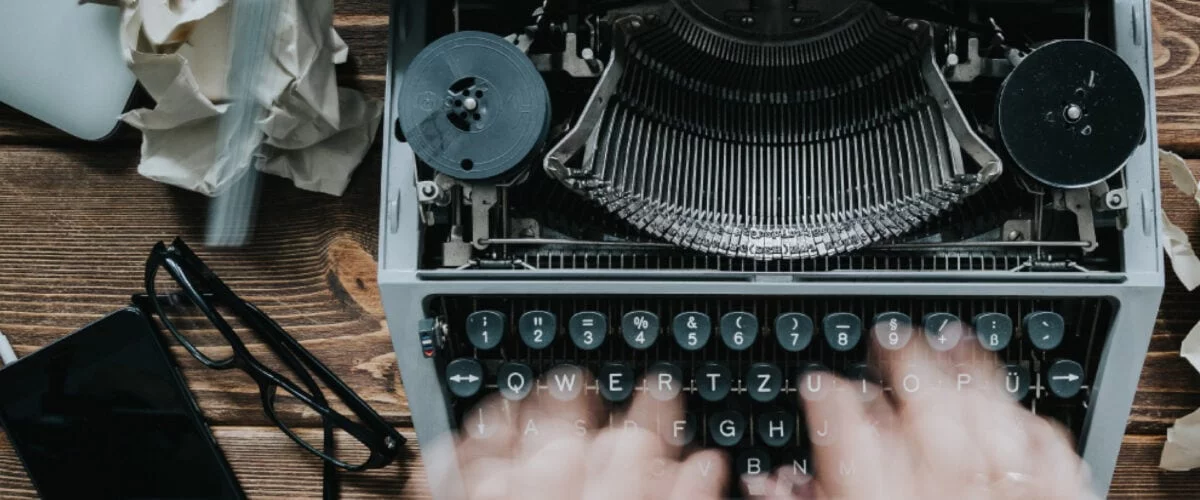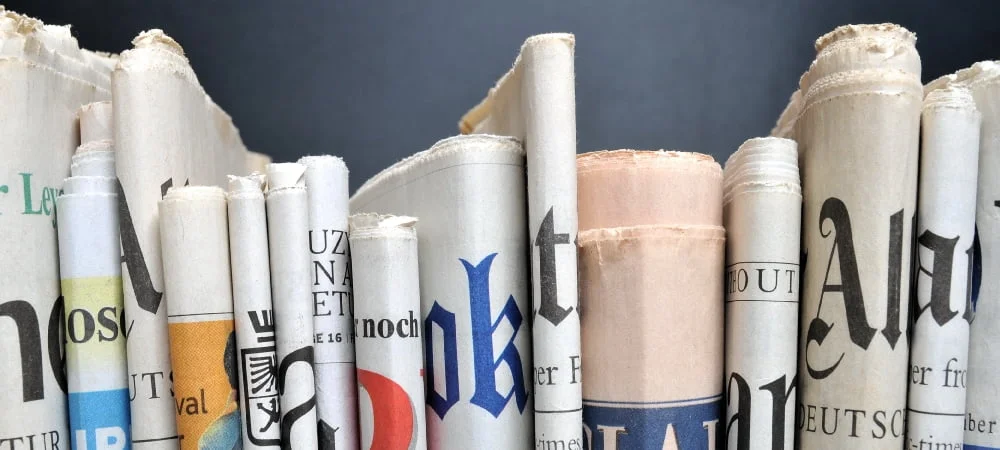Decomissioned Legacy Systems Are the Way to S/4 Hana


The time will come in 2025 at the latest. This is when maintenance for older SAP releases will end. By this time, existing SAP customers should have migrated to S/4 Hana, as announced by Walldorf in 2015. The number of those who have already migrated is likely to still be in the single-digit percentage range in 2018. And the number of existing SAP customers who can migrate to SAP S/4 Hana using the standard conversion tools on offer is likely to be correspondingly low. Although these tools are excellent, they can only exploit their advantages for as long as customers remain in the SAP standard.
Considering the estimated 50,000 customers worldwide in the ERP area alone—from which 20 percent are located in Germany, Austria and Switzerland—these findings are a problem: It’s common knowledge that the vast majority of SAP users has invested a lot of time and money into the company-specific adaptation and modification of their SAP systems to be able to meet every requirement in each area of business.
This is a testimony to the massively increased usage of SAP solutions in companies, especially if compared to the last major release change from R/2 to R/3. Therefore, it is no exaggeration to speak of a Herculean task when talking about transferring the data that is stored in the existing ERP systems into the new software world.
Lack of experts leads to expense
In the enterprise environment, approximately 5,000 man-days are needed for data migration. Even if an average of 2,000 man-days per project is assumed, a capacity need of 20 million man-days in the D/A/CH market alone would arise, which translates to 3.2 million per year. Even if the entirety of the estimated 2,000 experts for data migration in German-speaking countries were to work 365 days a year, there would only be capacities available of 730,000 man-days a year. And even if vacations and other leaves are out of the equation, five times the number of migration experts would be needed to complete all of the projects by 2025.
As this is not possible according to Cocker, other ways must be found: The legacy systems will continue to be operated—even after maintenance will no longer be provided—and exist next to the new software generation which exclusively stores new data.
This practice will inevitably lead to a significant increase in investment as well as operating costs for the deployment of the new S/4Hana landscape and the continued operation of existing systems. Only a few businesses will be capable of and willing to pay this additional cost.

Partial migration is not a good solution either
In this scenario, the continued operation of old systems would also be inevitable if data was only partially transferred into the new software world until 2025. Because even in the case of partial migration, the data will be mapped onto the new structures. Auditors and tax consultants would therefore not recognize that the migrated data is the original one. Who would want to take responsibility for that, then?
Both scenarios are unsatisfactory—not only for SAP customers who operate with the maintenance deadline 2025 in mind, but also for those who want to make S/4Hana the basis of their digitization strategy. Especially the latter cannot and will not afford to see their self-imposed time schedule for switching to the new software generation endangered due to a lack of market resources.
The solution is a neutral platform
There is only one solution to escape the cost and compliance trap: completely removing the data from existing SAP systems without changing its structure and storing it in an audit-compliant way on a neutral platform. Naturally, data as well as unstructured information—like business-related documents for example—have to be stored with their corresponding business context. That’s why it makes more sense to speak of historicizing old information than of archiving it.
With data, less is more
This approach allows for the complete decommissioning of old systems as they are no longer needed, therefore achieving massive savings in operating costs. The saving potential typically is 60 to 80 percent compared to the continued operation of legacy systems
In addition, this approach also leads to cost and time savings in data migration. That’s because with a platform like this, a precise selection of the data which is to be transferred and adapted to the new SAP world becomes possible.
Experience shows that up to 75 percent of migration efforts and the associated costs can be avoided this way. Because even when only partially migrating, the 80/20 rule still applies: on average, only a fifth of existing data has to be transferred to the new system, the remaining four fifths remain on the neutral platform.
Whoever is doubting this massive reduction just has to consider how many duplicate data accumulates in legacy systems over the years. After all, the number of SAP systems used and that of the associated data bases has increased continuously and significantly.
For this very reason, there were more and more projects to consolidate and centralize systems over the last few years. Companies who carried out those projects took the chance to not only reduce their data inventory by deleting duplicates, but also to clean up and repolish their master data. If looking at it that way, the migration to S/4Hana is the ideal opportunity for only adopting nearly perfect master data. The cleaning up is even easier if less data has to be migrated to the new software generation.
Efficiency through decommissioned legacy systems
With a platform for historicizing and migrating old data and documents, this scenario becomes possible. Furthermore, the access to historicized information remains unrestricted and easy. This has two decisive advantages. On the one hand, older data and documents can be integrated into ongoing business processes, even if their migration is not worthwhile. For example, service staff in plant engineering can access historicized construction plans on their tablet and use it for their current projects for reference.
On the other hand, however, such a platform grants companies full legal security. Since the migrated information is stored on the neutral platform in its original format and structure as well as in an audit-proof manner, it is possible for internal and external auditors to certify its authenticity. At the same time, the users have the possibility to continue working seamlessly with migrated data inside the structure of the new software generation.
Special requirements
All of these scenarios place special demands on the platform described here for the historization and migration of legacy data and documents. The solution must be able to reliably and verifiably extract all data and documents from the legacy systems and store them unchanged in their structure.
At the same time, however, they must be converted into a modern data format, which enables any necessary or desired migration to SAP S/4 Hana or even third-party systems. The display of the historicized information should be device-independent so that business users, but also internal audit employees or external auditors can easily access it. Of course, a purely browser-based solution is ideal for this, so that no new software needs to be installed, maintained or learned to operate on any endpoint.
From the customer's point of view, it is of course crucial that such a solution supports them in deciding which data should be migrated to the new software generation such as SAP S/4 Hana and which should not. For this purpose, configurable tools are available as part of the platform, which automatically search the historicized data stock for company codes that no longer have an equivalent in reality, for example. These can include closed or sold plants and subsidiaries. It simply makes no sense to migrate this old information.
DSGVO compliant
In addition, the new software generations are coming up against a new generation of compliance requirements. The European General Data Protection Regulation (EU GDPR) is a good example of this. We are indeed entering a new era. Whereas the principle used to be that it was better to store everything and not delete anything, even if only by mistake, companies must now have the ability not only to store data in a targeted manner, but also to delete it at the level of the individual data record.
Of course, this applies not only to productive systems, but also to legacy systems. However, some of these systems cannot be retrofitted for deletion at all.
Here, too, a platform for the historization and migration of legacy data can provide a remedy. Of course, this requires comprehensive retention management functionalities for retention periods, automatic and manual deletion, and also for suspending the deletion process for legal proceedings, for example.
In English-speaking countries, this functionality is called legal hold. In such a case, it is of course necessary to know which data, for example on a person, needs to be blocked. With the help of the platform, it must therefore be possible to determine all the information associated with a specific data record at the touch of a button in order to be absolutely certain that all the data in question is actually recorded. Of course, this also applies in the reverse case of a customer's request to delete all of their data in accordance with EU law.
Zur Rose migrates to S/4
The question still remains: Is there even such a platform and customers who have used it to tread and shorten the path to S/4? Europe's largest mail-order pharmacy Zur Rose - probably best known in Germany for its subsidiary DocMorris - is leading the way.
The company has implemented a central S/4 solution into which only the current data is to be transferred. The company expects to reduce the total data stock by 30 percent through duplicate cleansing and to increase the quality of the master data accordingly.
In addition, Zur Rose expects the successive decommissioning of all legacy systems to result in annual savings in operating costs in the six-figure range. The JiVS platform, which has proven itself in numerous national and international customer projects, will be used for the historization and migration of legacy information.









